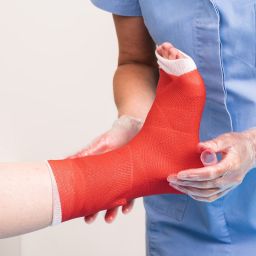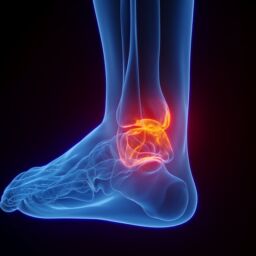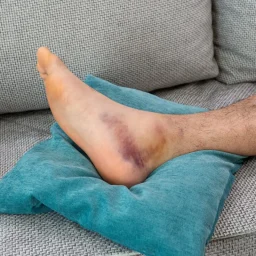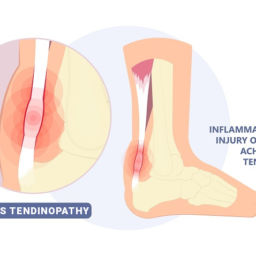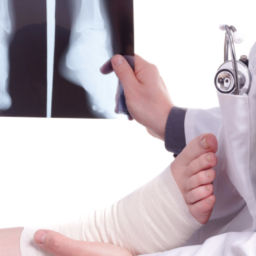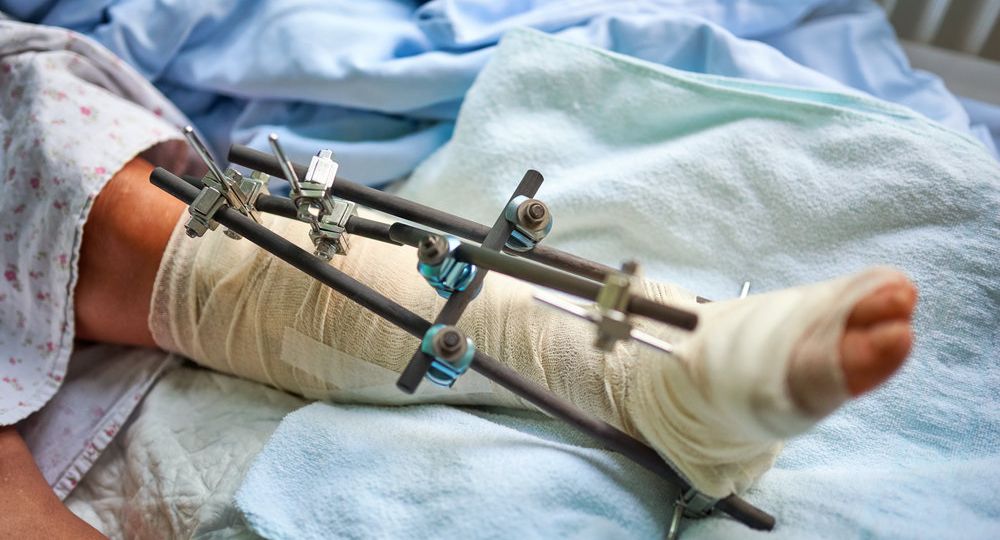
Ankle surgery recovery is a process that requires patience and persistence. After undergoing foot and ankle surgery, it is important to take the necessary steps to ensure a successful recovery. In this blog, we will discuss the various factors involved in ankle surgery recovery, including the use of assistive devices, preventing injuries, and the role of an orthopedic surgeon.
One of the most important aspects of ankle surgery recovery is the use of assistive devices. This includes using grab bars, crutches, or a walker to help you get around in the weeks after surgery. These devices can help to prevent further injuries and ensure that you do not put too much weight on the affected area. In addition, it is also important to have someone drive you home from the hospital, as you will likely not be able to drive yourself.
Common ankle surgeries
There are several common ankle surgeries that can be performed to treat a variety of conditions. Some of the most common ankle surgeries include:
- Ankle Arthroscopy: This is a minimally invasive procedure in which a surgeon uses small incisions and a special camera to examine the inside of the ankle joint. It is often used to treat conditions such as arthritis, ligament tears, or cartilage damage.
- Ankle Fusion (Arthrodesis): This procedure involves fusing two bones in the ankle together to eliminate pain and improve stability. It is typically used to treat severe ankle arthritis or other conditions that cause chronic pain.
- Ankle Ligament Reconstruction: This procedure is used to repair torn ligaments in the ankle, such as the anterior talofibular ligament (ATFL) or the calcaneofibular ligament (CFL).
- Ankle Fracture Repair: This procedure is used to repair broken bones in the ankle, such as fractures of the tibia, fibula, or talus. It is often performed using metal screws, plates, or rods.
- Ankle Replacement (Ankle Arthroplasty): This procedure involves removing damaged ankle joint surfaces and replacing them with artificial components. It is typically used to treat severe ankle arthritis or other conditions that cause chronic pain.
- Bunionectomy: This procedure is used to treat a bunion, which is a bony bump that forms on the joint of the big toe. It involves removing the bunion and realigning the bones in the foot.
Before and after ankle surgery
Before:
- Before undergoing ankle surgery, it is important to discuss your medical history and any underlying conditions with your orthopedic surgeon. They will perform a physical examination of your ankle and may order imaging tests, such as an X-ray or MRI, to get a better understanding of the problem.
- Also, your doctor may discuss the potential risks and benefits of the procedure, as well as the expected recovery time and any necessary lifestyle changes. In some cases, you may need to stop taking certain medications or make other preparations before the surgery.
After:
- After the surgery, you will typically be placed in a splint or cast to protect the affected area and keep it immobilized. You may need to use crutches, a walker, or other assistive devices to help you get around. Pain and swelling are common after ankle surgery, and your doctor may prescribe pain medications to help manage these symptoms.
- Physical therapy is an important part of the recovery process, and you may begin doing exercises to help improve range of motion and strength in your ankle. Over time, you will likely be able to bear more weight on your foot and progress to more advanced exercises. The length of the recovery period can vary depending on the type of surgery and the underlying condition being treated, but it typically takes several weeks to several months to fully recover.
In general, the goal of ankle surgery is to improve the function and stability of the affected area and reduce pain. With proper care and attention, most people are able to successfully recover from ankle surgery and return to their normal activities. However, it is important to follow all instructions given by your doctor and to be patient during the healing process.
Ankle surgery fast recovery tips
Pain and swelling are common in the post-surgical period, and it is important to use pain-relieving medications and ice to manage these symptoms. The recovery time for ankle surgery can vary, but typically it takes several weeks to regain full range of motion and weight-bearing abilities. The post-operative period is a critical time in the healing process, and it is important to follow all instructions given by your orthopedic surgeon.
Here are some tips for a successful recovery after ankle surgery:
- Follow your doctor’s instructions: Make sure to follow all of your orthopedic surgeon’s postoperative instructions carefully. This may include using assistive devices such as crutches or a walker, taking pain medications, and avoiding certain activities.
- Keep the affected area elevated: Keeping your foot elevated above heart level can help reduce swelling and improve blood flow to the affected area.
- Ice the area: Applying ice to the affected area can help reduce pain and swelling. Wrap a bag of ice in a towel and place it on your ankle for 15-20 minutes at a time, several times a day.
- Gradually start bearing weight: Your doctor will give you instructions on when you can start bearing weight on your foot after surgery. Start slowly and gradually increase the amount of weight you place on your foot as you are able.
- Start physical therapy: Physical therapy is an important part of the recovery process, and your doctor may recommend you start therapy soon after surgery. Exercises will help improve range of motion, reduce swelling, and build strength in your ankle.
- Avoid overdoing it: While it is important to start using your foot, it is also important not to overdo it too soon. Avoid activities that put too much stress on your ankle and follow your doctor’s instructions for when you can return to normal activities.
- Manage pain: Take pain medications as prescribed by your doctor and talk to them about other options for managing pain, such as non-steroidal anti-inflammatory drugs (NSAIDs) or other over-the-counter pain relievers.
- Use grab bars and other assistive devices: If you have trouble getting around, consider using grab bars or other assistive devices to help you maintain your balance and reduce the risk of falls.
- Be patient: The healing process after ankle surgery can take time, so be patient and follow your doctor’s instructions for when you can return to normal activities.
Remember, every patient’s recovery process is unique, so it is important to work closely with your orthopedic surgeon to ensure the best possible outcomes.
In conclusion, ankle surgery recovery is a complex process that requires patience and persistence. The use of assistive devices, preventing further injuries, and following the instructions of your orthopedic surgeon can help ensure a successful outcome. It is important to allow adequate time for the healing process and to be patient during the post-operative period. With proper care and attention, you can successfully recover from foot and ankle surgery and get back to your normal activities.
Visit our office in Boca Raton, Jupiter, Pembroke Pines and Lake Worth. For more locations click the link below.

